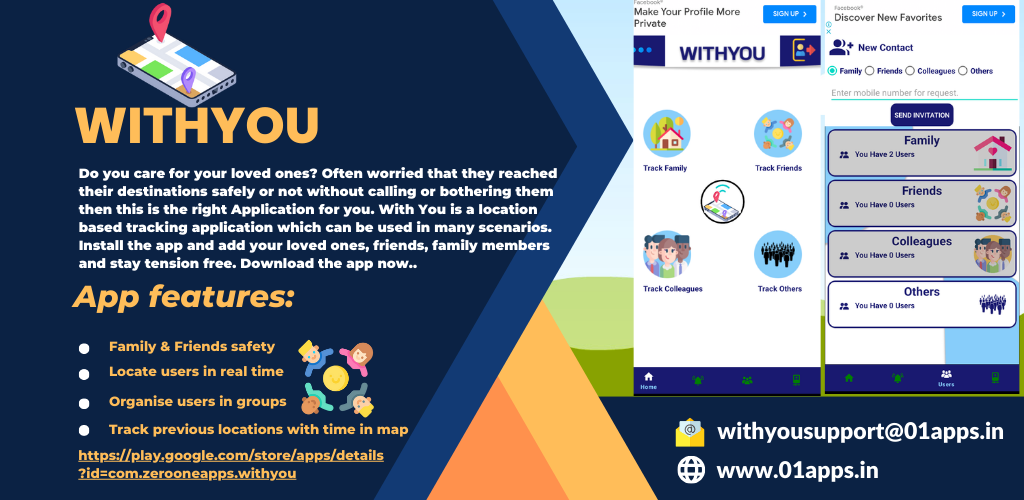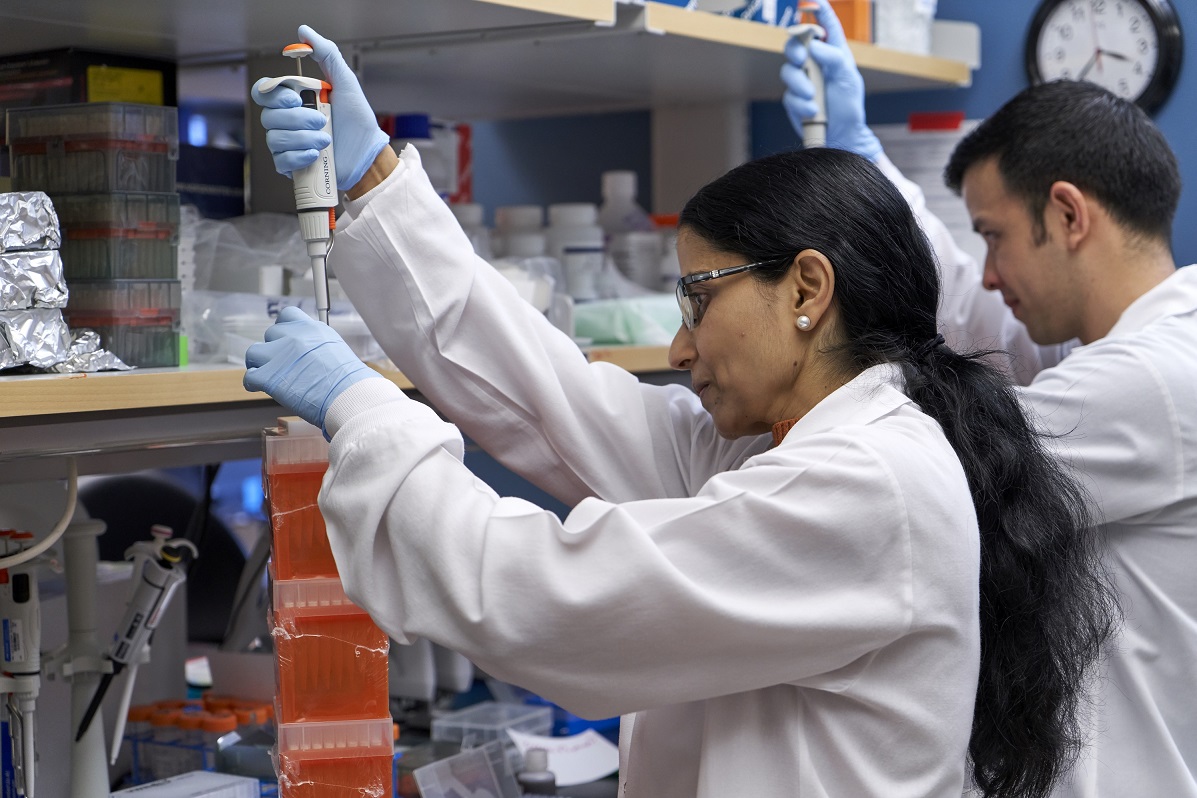The findings will also have applications beyond determining who the best plasma donors are. The consensus among the study authors is that, following donor identification, it will most likely next be used in practice to establish target levels of COVID-19 antibodies individuals will need to be considered candidates for vaccines and passive immune therapies.
Additional uses coming later that are likely to have the biggest societal impact, the researchers say, are to assess relative immunity in those previously infected by the SARS-CoV-2 virus and identifying asymptomatic individuals with high levels of neutralizing antibodies against SARS-CoV-2.
It was also found that donors who experienced shortness of breath (or dyspnea) while infected with COVID-19 and those who were hospitalized or had severe disease were more likely to have a robust immune response and, thus, had higher levels of neutralizing antibodies in all the tests. In the absence of available testing, identifying such donor characteristics may be used as a contingency plan to determine which patients have developed higher antibody levels and inform efforts to recruit plasma donors for therapeutic purposes.
In collaboration with Penn State, University of Texas at Austin and U.S. Army Medical Research Institute of Infectious Diseases, study authors James M. Musser, M.D., Ph.D., and Eric Salazar, M.D., Ph.D., physician scientists at Houston Methodist, sought to find alternatives to measuring virus neutralization (VN) titers, which is the gold standard of COVID-19 antibody testing, as VN antibodies in the blood correlate with immunity. This kind of antibody testing, however, is not widely available, because it’s technically complex, requires days to set up, run and interpret, and needs to be performed in a biosafety level 3 laboratory. This leads to most donor plasma virus antibody levels remaining unknown prior to transfusions, so an easier, more readily available method is needed to identify more suitable convalescent plasma donors.
The research team, therefore, looked to another type of test, called ELISA assays, which can be implemented and performed with relative ease in a high-throughput fashion and are widely available and extensively used in clinical labs across the world. The ELISA tests, or enzyme-linked immunosorbent assays, look at whether antibodies against the SARS-CoV-2 proteins are present and produce a quantitative measure of those antibodies. The UT Austin research team developed the ELISA antibody test for SARS-CoV-2 and provided the viral antigens for this study.
Specifically, scientists looked at the relationship of anti-spike ectodomain (ECD) and anti-receptor binding domain (RBD) IgG bloodstream antibody titers. The spike ECD and RBD proteins are physiological parts of the much-talked-about spike protein made by SARS-CoV-2 and critical to how the virus finds its way into the body, spreads and causes COVID-19 disease, so they are prime targets for antibody testing and vaccine development. The blood samples for the study were identified during an institutional surveillance program involving 2,814 Houston Methodist employees.
The goal of the study was to test the hypothesis that anti-ECD and anti-RBD IgG bloodstream antibody titers are correlated with VN titer, making these more accessible, easier-to-perform ELISA tests a surrogate marker to identify plasma donors with titers above the recommended U.S. Food and Drug Administration threshold for convalescent plasma donation.
In assessing the correlation between VN antibody levels and anti-RBD and anti-ECD ELISA protein titer data, the researchers found that the ELISA tests had an 80% probability or greater of comparable antibody level to VN titers at or above the FDA-recommended levels for COVID-19 convalescent plasma. These results affirm that all three types of tests could potentially serve as a quantitative target for therapeutic and prophylactic treatments.
They also found that convalescent donors maintain high levels of immunity over the course of many weeks and that frequent plasma donations did not cause a significant decrease in antibody or virus neutralization levels.
Perhaps most surprising is that they also identified 27 individuals from the surveillance cohort with high enough antibody titers across all three tests to indicate that some asymptomatic individuals may have plasma suitable for therapeutic use and may have a degree of relative immunity against SARS-CoV-2.
Ultimately, the study successfully concluded that anti-RBD or anti-ECD IgG antibody titers can serve as a surrogate for VN titers to identify suitable plasma donors and that these alternate ELISA tests may provide critical information about COVID-19 immunity.
The findings are described in a paper titled “Convalescent plasma anti-SARS-CoV-2 spike protein ectodomain and receptor binding domain IgG correlate with virus neutralization,” appearing online Sept. 10 in the Journal of Clinical Investigation. Musser, M.D., Ph.D., who is chair of the Department of Pathology and Genomic Medicine at Houston Methodist, is the corresponding author on the study. Eric Salazar, M.D., Ph.D., assistant professor of pathology and genomic medicine with the Houston Methodist Research Institute, is the principal investigator who led the project to treat critically ill COVID-19 patients with convalescent plasma. Houston Methodist became the first academic medical center in the nation to transfuse plasma from recovered individuals into COVID-19 patients.
Other collaborators working with Musser and Salazar on this study were Suresh V. Kuchipudi, Paul A. Christensen, Todd N. Eagar, Xin Yi, Picheng Zhao, Zhicheng Jin, S. Wesley Long, Randall J. Olsen, Jian Chen, Brian Castillo, Christopher Leveque, Dalton M. Towers, Jason Lavinder, Jimmy D. Gollihar, Jose Cardona, Gregory C. Ippolito, Ruth H. Nissly, Ian M. Bird, Denver Greenawalt, Randall M. Rossi, Abinhay Gontu, Sreenidhi Srinivasan, Indira B. Poojary, Isabella M. Cattadori, Peter J. Hudson, Nicole Joselyn, Laura Prugar, Kathleen Huie, Andrew Herbert, David W. Bernard, John Dye and Vivek Kapur.
This study was supported by funding from the National Institutes of Health (grants AI146771-01 and AI139369-01), the Fondren Foundation, the National Institute of Allergy and Infectious Diseases (Contract Number 75N93019C00050), the Army Research Office (Cooperative Agreement W911NF-12-1-0390), Houston Methodist Hospital, Houston Methodist Infectious Diseases Research Fund, Houston Methodist Research Institute and seed funding from the Huck Institutes of the Life Sciences for the studies at Penn State, together with the Huck Distinguished Chair in Global Health award. Funding was also provided through the CARES Act with programmatic oversight from the Military Infectious Diseases Research Program.
———————–
For more information: Convalescent plasma anti-SARS-CoV-2 spike protein ectodomain and receptor binding domain IgG correlate with virus neutralization. Journal of Clinical Investigation. (online Sept. 10, 2020) E. Salazar, S.V. Kuchipudi, P.A. Christensen, T.N. Eagar, X. Yi, P. Zhao, Z. Jin, S.W. Long, R.J. Olsen, J. Chen, B. Castillo, C. Leveque, D.M. Towers, J. Lavinder, J.D. Gollihar, J. Cardona, G.C. Ippolito, R.H. Nissly, I.M. Bird, D. Greenawalt, R.M. Rossi, A. Gontu, S. Srinivasan, I.B. Poojary, I.M. Cattadori, P.J. Hudson, N. Joselyn, L. Prugar, K. Huie, A. Herbert, D.W. Bernard, J. Dye, V. Kapur and J.M. Musser. DOI: https://doi.org/10.1172/JCI141206
###


